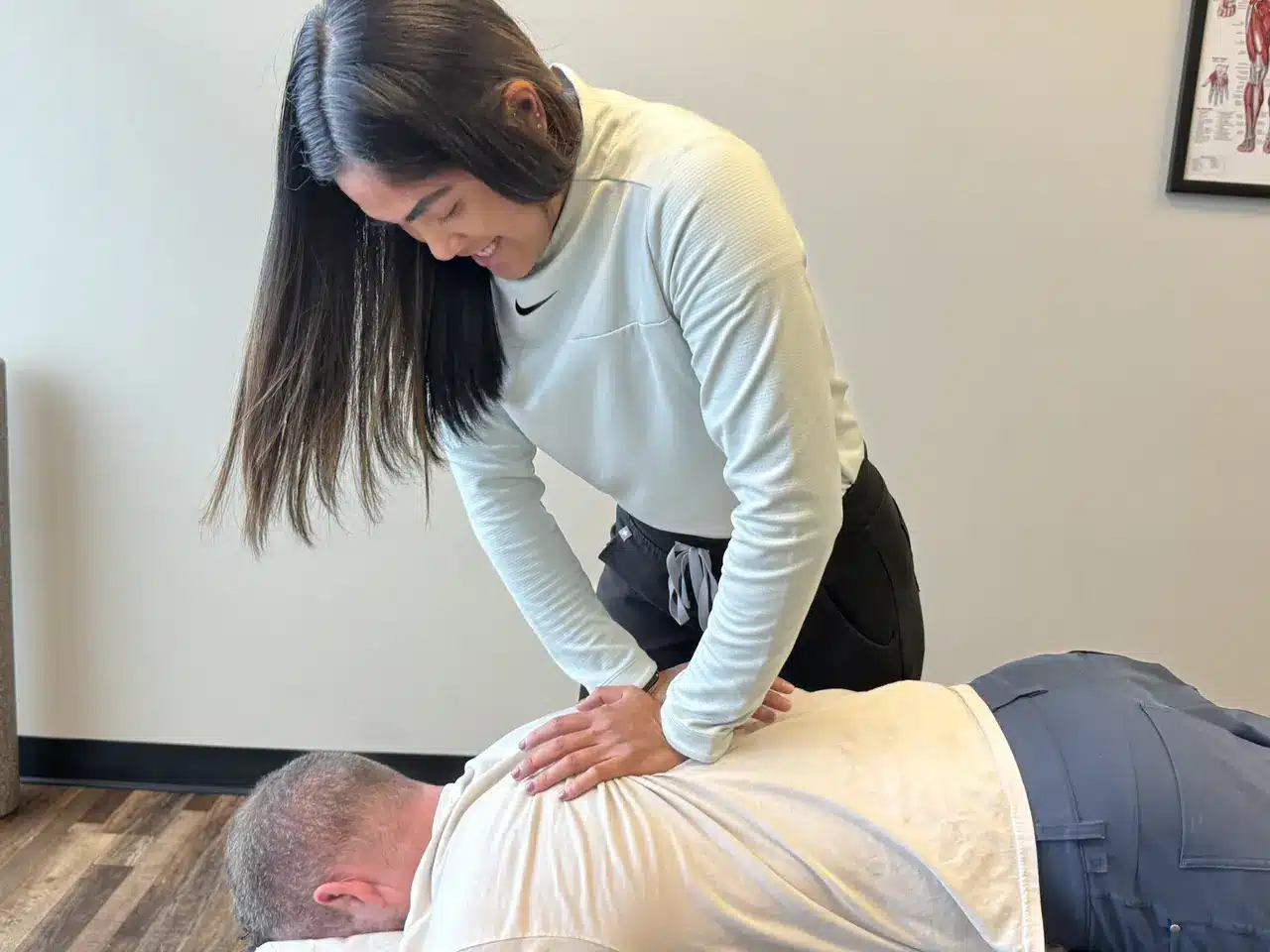Understanding spine injuries
Spine injuries can happen from various activities such as lifting heavy items, playing sports, or experiencing trauma from an accident. It’s important to understand that maintaining good posture, regular exercise, and using proper techniques for lifting and carrying heavy objects can help prevent spine injuries. Additionally, avoiding repetitive movements that strain the spine and maintaining a healthy weight can reduce the risk of spine injuries.
Common causes of spine injuries
Spine injuries are often caused by accidents, such as falls, car crashes, and sports mishaps. Poor posture and lifting heavy objects incorrectly can also lead to spine injuries. According to the National Institute of Neurological Disorders and Stroke, activities that involve repetitive motion or long periods of sitting or standing can also contribute to spine injuries.
Importance of proper posture
Proper posture plays a crucial role in preventing spine injuries. Maintaining good posture helps distribute the weight of your body evenly, reducing stress on your spine. It also helps keep your spine aligned, preventing strain and potential injury. Additionally, practicing proper posture helps improve muscle strength and flexibility, reducing the risk of back pain and discomfort.
Core strengthening exercises for spine injury prevention
To prevent spine injuries, it’s essential to strengthen your core muscles. Core strengthening exercises, such as planks, bridges, and bird-dogs, help stabilize and support your spine, reducing the risk of injury. These exercises also improve your posture and overall strength, promoting a healthy spine. Including these exercises in your regular workout routine can significantly contribute to preventing spine injuries.
Techniques for lifting and bending to avoid spine injury
To avoid spine injury while lifting and bending, it’s essential to use proper techniques. Here are some techniques you can use:
- Lift with your legs, not your back: Bend your knees and keep your back straight when lifting objects from the ground. This helps to distribute the weight and minimize strain on your spine.
- Avoid twisting while lifting: Instead of twisting your body while lifting or carrying objects, pivot your entire body to face the direction you need to go.
- Use a supportive belt: Consider using a supportive belt to help stabilize your back while lifting heavy objects.
By using these techniques, you can reduce the risk of spine injury when lifting and bending.
Sports and physical activities to prevent spine injuries
Participating in sports and physical activities can help prevent spine injuries. Engaging in exercises that strengthen the back and core muscles, such as swimming, yoga, and Pilates, can improve posture and reduce the risk of spine injuries. Additionally, focusing on activities that promote flexibility and balance, like tai chi and certain types of dance, can also contribute to spine injury prevention. It’s important to consult a healthcare professional before starting any new physical activity to ensure it’s safe and suitable for your individual needs.
Workplace ergonomics and spine injury prevention
When it comes to preventing spine injuries at work, paying attention to ergonomics is crucial. Here are some ways you can focus on workplace ergonomics to help prevent spine injuries:
- Proper Posture: Maintain good posture while sitting or standing to reduce strain on your spine.
- Adjust Workstation: Set up your workstation to be ergonomic, including the proper height of your desk and chair to support a neutral spine position.
- Take Breaks: Remember to take regular breaks to stretch and move around, preventing prolonged periods of sitting or standing in the same position.
- Lift Objects Carefully: Use proper lifting techniques, like bending your knees and keeping your back straight, to avoid straining your spine.
By incorporating these strategies, you can proactively reduce the risk of spine injuries in the workplace.
Importance of regular physical activity
Regular physical activity is crucial for maintaining a healthy spine. It helps to strengthen the muscles that support the spine and improve flexibility, reducing the risk of injury. Additionally, physical activity helps to promote better posture and prevent the strain on the spine caused by sedentary lifestyle habits. Engaging in activities like walking, swimming, and yoga can aid in maintaining a strong and healthy spine.
Seeking medical attention for spine injury
Seek medical attention for spine injury immediately if you experience severe pain, weakness, or numbness in your back or limbs, or have difficulty walking. And, seek a doctor right away if you had a significant trauma, such as a car accident or a fall from a height, that may have injured your spine.
Conclusion: Taking steps to prevent spine injuries
Taking steps to prevent spine injuries is crucial for maintaining a healthy spine. Here are some key strategies and techniques to consider:
- Maintain proper posture throughout the day, especially when sitting or standing for long periods.
- Regular exercise and strengthening the core muscles can help support the spine and reduce the risk of injury.
- Use proper lifting techniques, such as bending at the knees and keeping the back straight, to avoid straining the spine.
- Invest in ergonomic furniture and equipment to support a healthy posture and reduce strain on the spine.
- Avoid repetitive, strenuous activities that can put excessive pressure on the spine, and take regular breaks to rest and stretch during work or physical activities.
By implementing these preventive measures, individuals can significantly reduce the risk of spine injuries and maintain a strong, healthy spine.
Exercises You Can Do at Home after a Visit to the Chiropractic Clinic
Stay active at home with exercises from ‘Exercises You Can Do at Home after a Visit to the Chiropractic Clinic’.
Read MoreAthletic Therapy: A Vital Component in Sports Rehabilitation
Discover the importance of athletic therapy in sports rehabilitation in our insightful blog on ‘Athletic Therapy: A Vital Component in Sports Rehabilitation’.
Read MoreA Comprehensive Guide to Spinal Therapy for Athletes
Discover the benefits of spinal therapy for athletes in our comprehensive guide ‘A Comprehensive Guide to Spinal Therapy for Athletes’.
Read MoreHow Chiropractic Techniques are Advancing in Pain and Injury Treatment
Discover the latest advancements in pain and injury treatment through innovative chiropractic techniques.
Read MoreSpine Rehabilitation: How Corrective Exercises Can Help with Posture and Pain Relief
Discover how corrective exercises in spine rehabilitation relieve pain and improve posture – read more now!
Read MoreCorrective Exercises: Your Secret Weapon Against Chronic Pain
Combat chronic pain with corrective exercises featured in ‘Corrective Exercises: Your Secret Weapon Against Chronic Pain’.
Read More





